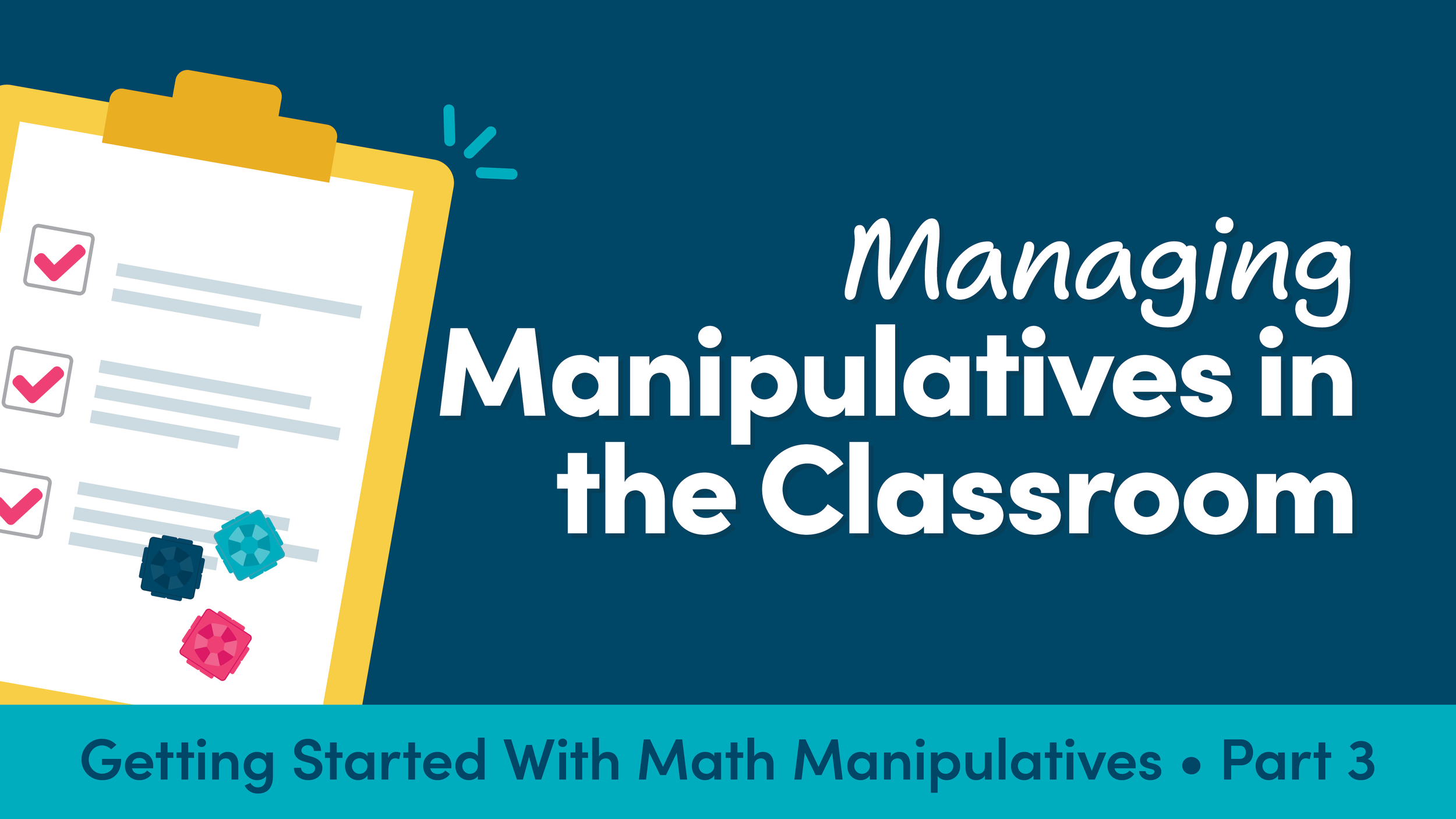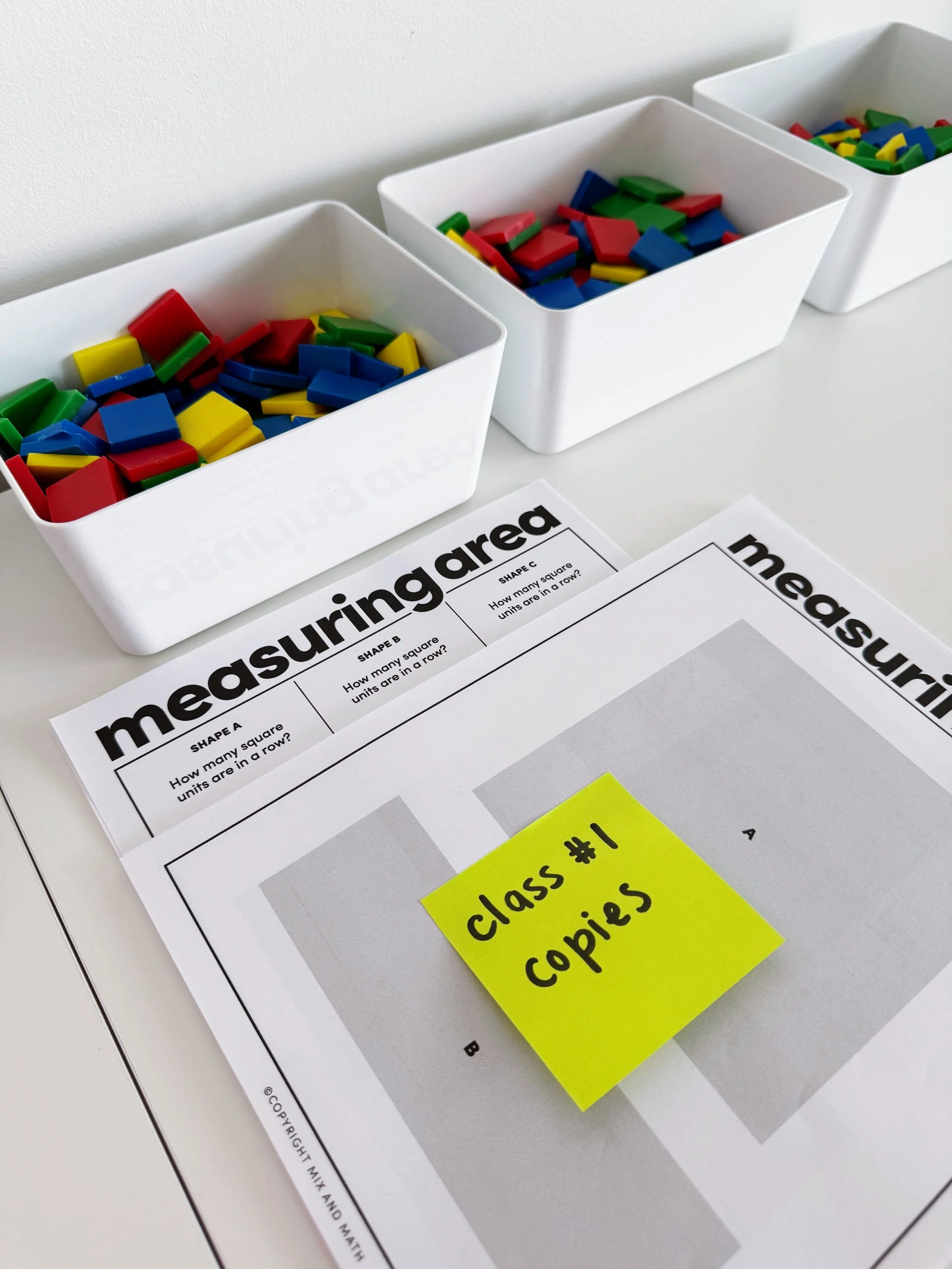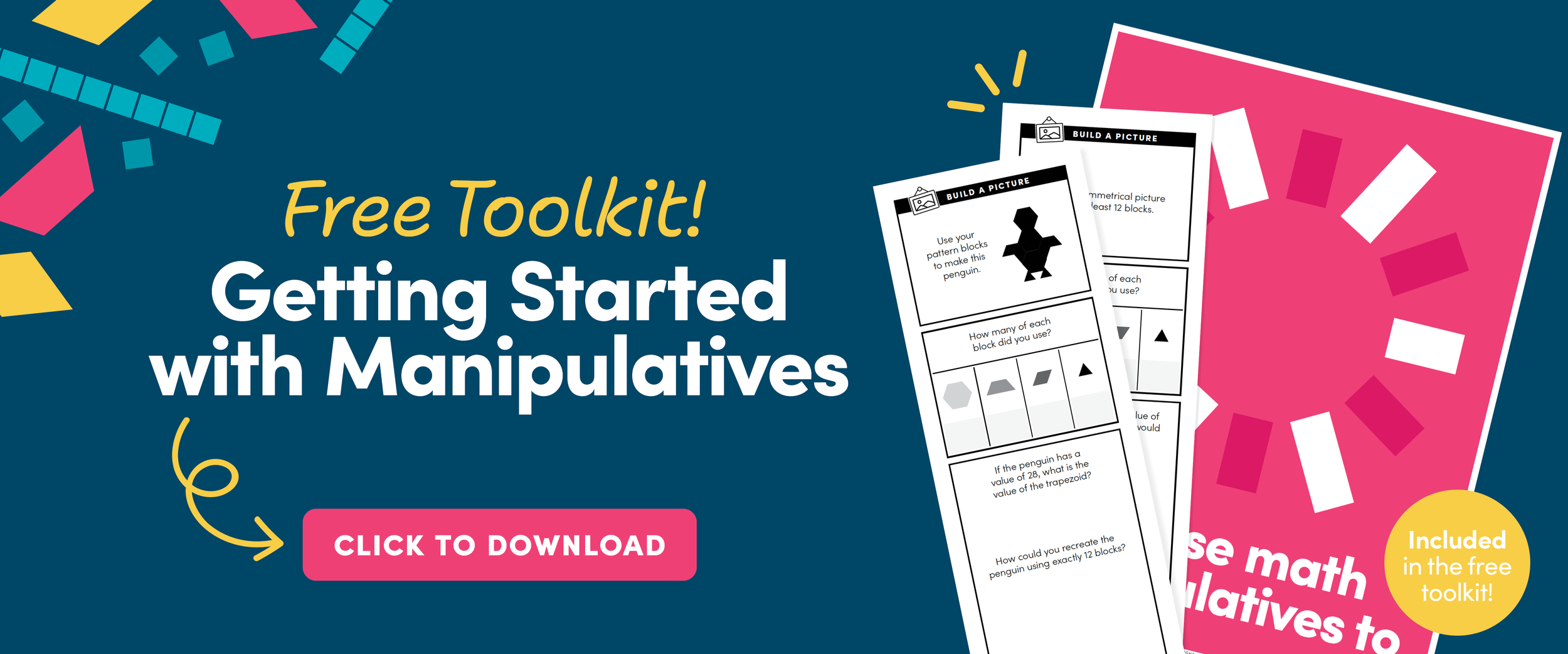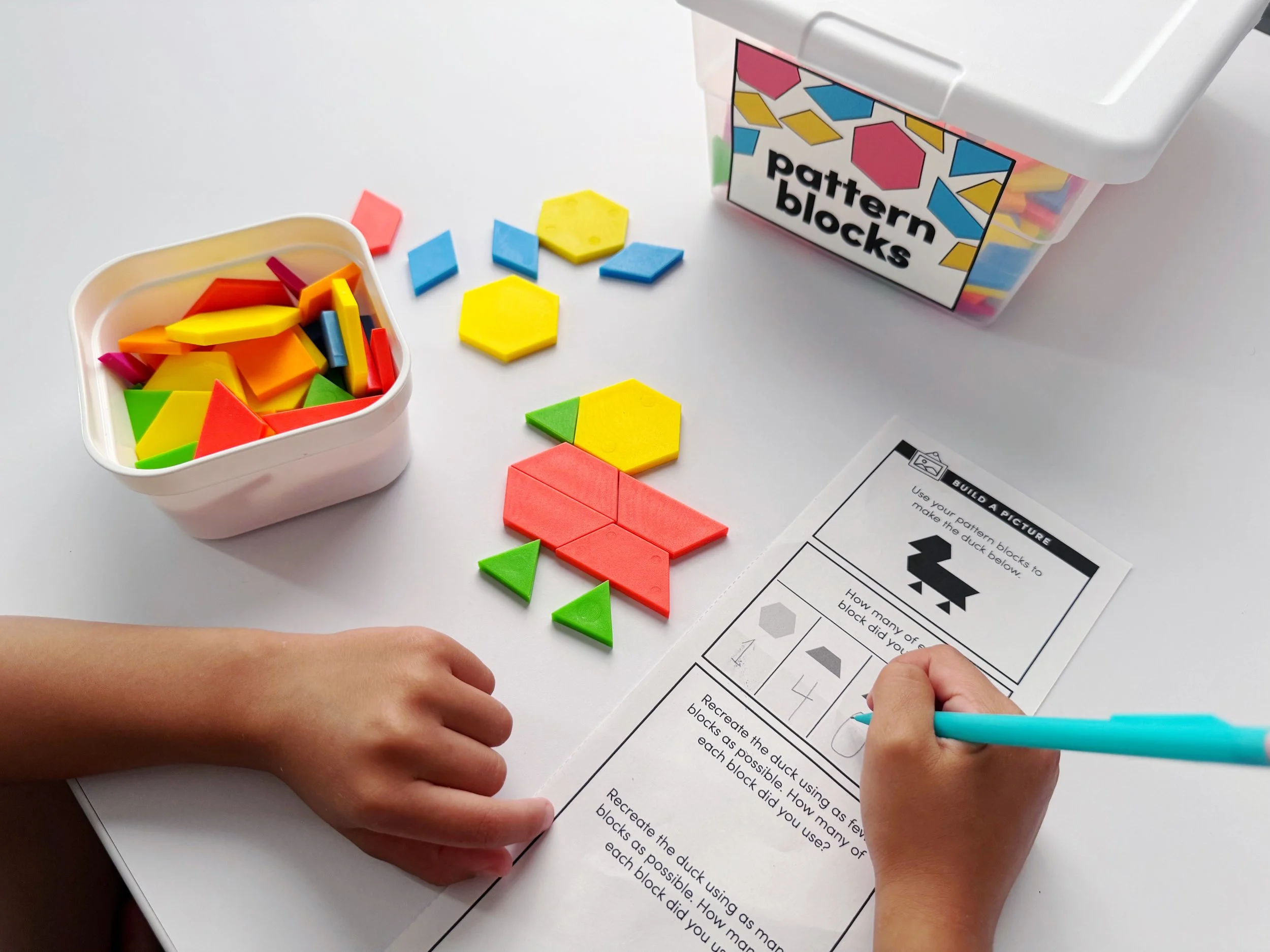Managing Math Manipulatives to Save Time
Welcome to the Getting Started With Math Manipulatives series! I created this series to share tips and ideas to help you break through the biggest roadblocks that may be holding you back from using math manipulatives in your upper elementary classroom.
Did you miss Part 2 of the series? Click here to read about Organizing Math Manipulatives with a Purpose.
In Part 2 of the series, we helped you save time by organizing math manipulatives with a purpose. But purposeful organization isn't enough... You also need solid routines and clear expectations. That's why Part 3 is all about "manipulative management."
If you haven't considered how students will use and handle manipulatives in your classroom, you may be losing precious minutes in your math block!
Let's jump right in by talking about the thing teachers hate most about math manipulatives... passing them out and cleaning them up!
Creating Routines for Using Math Manipulatives
One of the best decisions I ever made was assigning manipulative managers for each table group. Manipulative managers are responsible for going to our manipulative library, grabbing what their group needs, and bringing the materials back to their table group. After the activity, they take everything back to the manipulative library.
(Note: If your students are at desks instead of table groups, you can have one manipulative manager for a group of desks.)
This system worked for me because: 1) students knew ahead of time who was responsible for passing out and cleaning up the manipulatives and 2) there was a spot for everything in the manipulative library (because it was ORGANIZED 😉) so the manipulative managers knew exactly where to pick up and return the materials.
Pro tip #1: Set a timer
Manipulative managers know that time is money (...or time is learning in this case) and are expected to get the manipulatives to their group before the timer goes off. They have to clean up the manipulatives, place them back in the manipulative library, and return to their seats before the timer goes off.
Pro tip #2: Have a training day with your manipulative managers!
Spend 5 minutes letting them race against the timer as they pass out and clean up the manipulatives while their table groups cheer them on. It's fun and it shows students how fast they can do it!
Pro tip #3: Prepare manipulatives ahead of time.
To speed up the process on days when we work with "non-set" manipulatives, I scoop out the math manipulatives into small containers before class so that the only thing manipulative managers have to do is pick up the containers full of manipulatives and bring them back to their table group.
I'm telling you, math friend, manipulative managers completely eliminated any and all dread related to passing out manipulatives in my classroom 🙌
Setting Clear Expectations with Math Manipulatives
Now that you have a system for passing out and cleaning up math manipulatives, let's talk about expectations. It is so important to set clear expectations before students have a single manipulative in front of them.
The key to these expectations is to model and remind students of them consistently throughout the year. Whenever students work with manipulatives, make sure they know the answer to these questions:
What is the task?
How will they use the manipulatives?
How will they document their thinking?
These are also great questions for you to think through as you plan the lesson. Using math manipulatives is only meaningful when we have a clear plan for how we want students to use them and what we want students to learn from them (more on this later in the series!).
We created some fun posters that reinforce how and why we use math manipulatives in the classroom. They're a great way to start the conversation with students about the power of manipulatives as a tool for learning. You can find them in the FREE Getting Started With Math Manipulatives Toolkit!
Tighten Up Transitions with Math Manipulatives
One of the sneakiest time-stealers in the classroom is transitions. Any time students move from one thing to another, it takes time. That time adds up because there are so many transitions in a single class period.
When students are working with manipulatives, I often want to draw them back in to discuss their findings, address a common struggle, or highlight a strategy, before sending students back to continue working with their partner or small group.
Before I found a solution to my transition struggles, I wasted so much time trying to get students to stop touching the manipulatives so they could engage in our discussion. It took several reminders and lots of waiting.
Your manipulative transition could be a bell, sound, or call and response, but I recommend choosing something that gets students to physically move their hands (like two claps) so they naturally stop working with the manipulatives and shift their attention.
Using Manipulatives as Tools for Learning, Not Toys
Another common concern I hear from teachers is "What do I do if students just want to play with the manipulatives?"
Here are two things that really helped me...
Let them play!
The first time you introduce a new manipulative, give students some time to explore the tool! I like to make this time of play meaningful by giving students a math challenge or goal to complete with the math manipulatives.
You can find an example of these challenges for FREE in the Getting Started With Math Manipulatives Toolkit!
Use manipulatives regularly
When manipulatives only come out for special activities, they feel like special toys. But when they're used consistently and become part of your everyday math routine, the novelty wears off and students begin to see them as tools for learning!
Alright, I know that was a lot, but I have so much to share about managing math manipulatives! In Part 4, I’ll share tips for incorporating manipulatives into your lessons and where they fit into the learning process.
Don’t miss the rest of the Getting Started With Math Manipulatives in Upper Elementary Series






